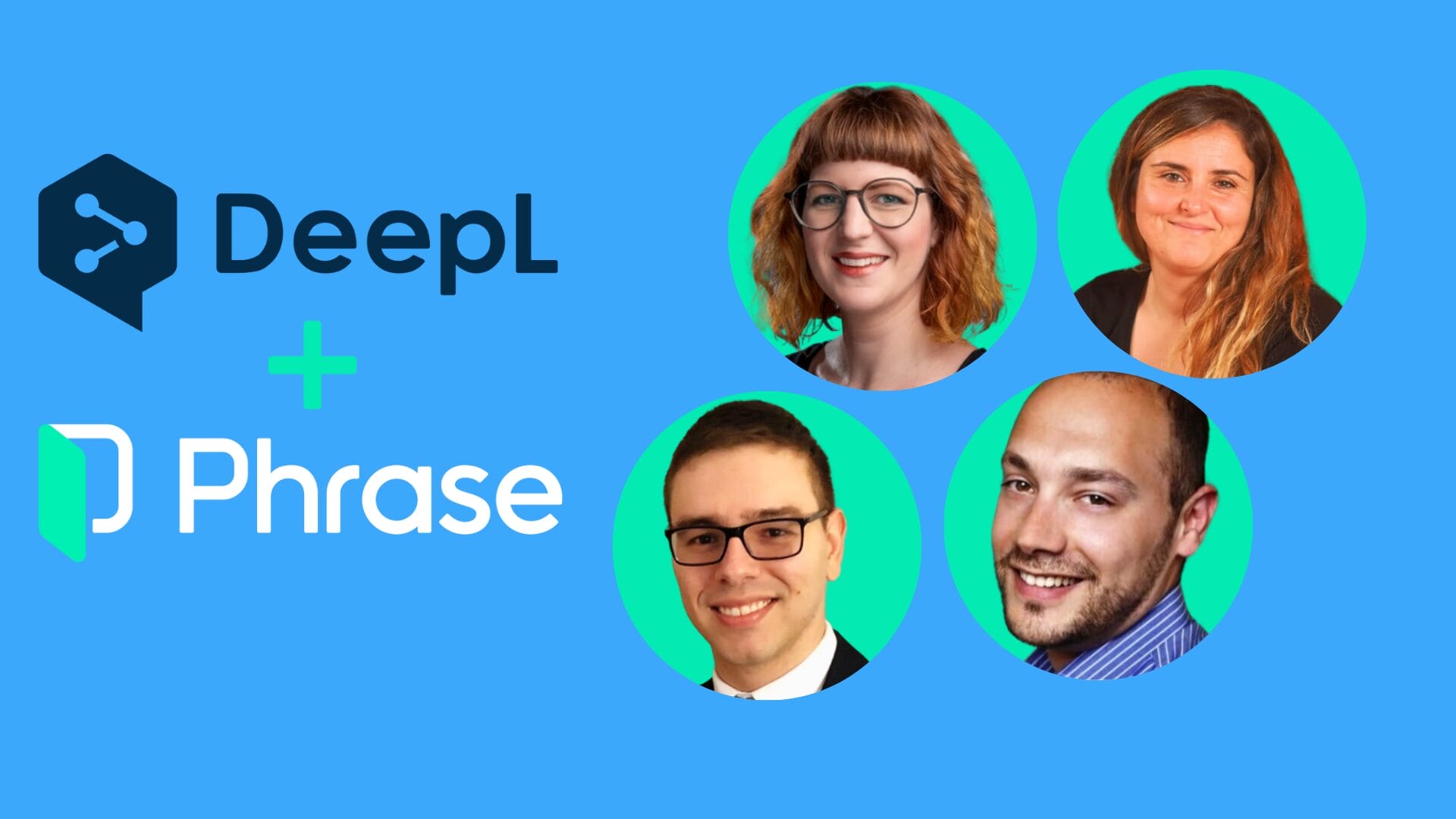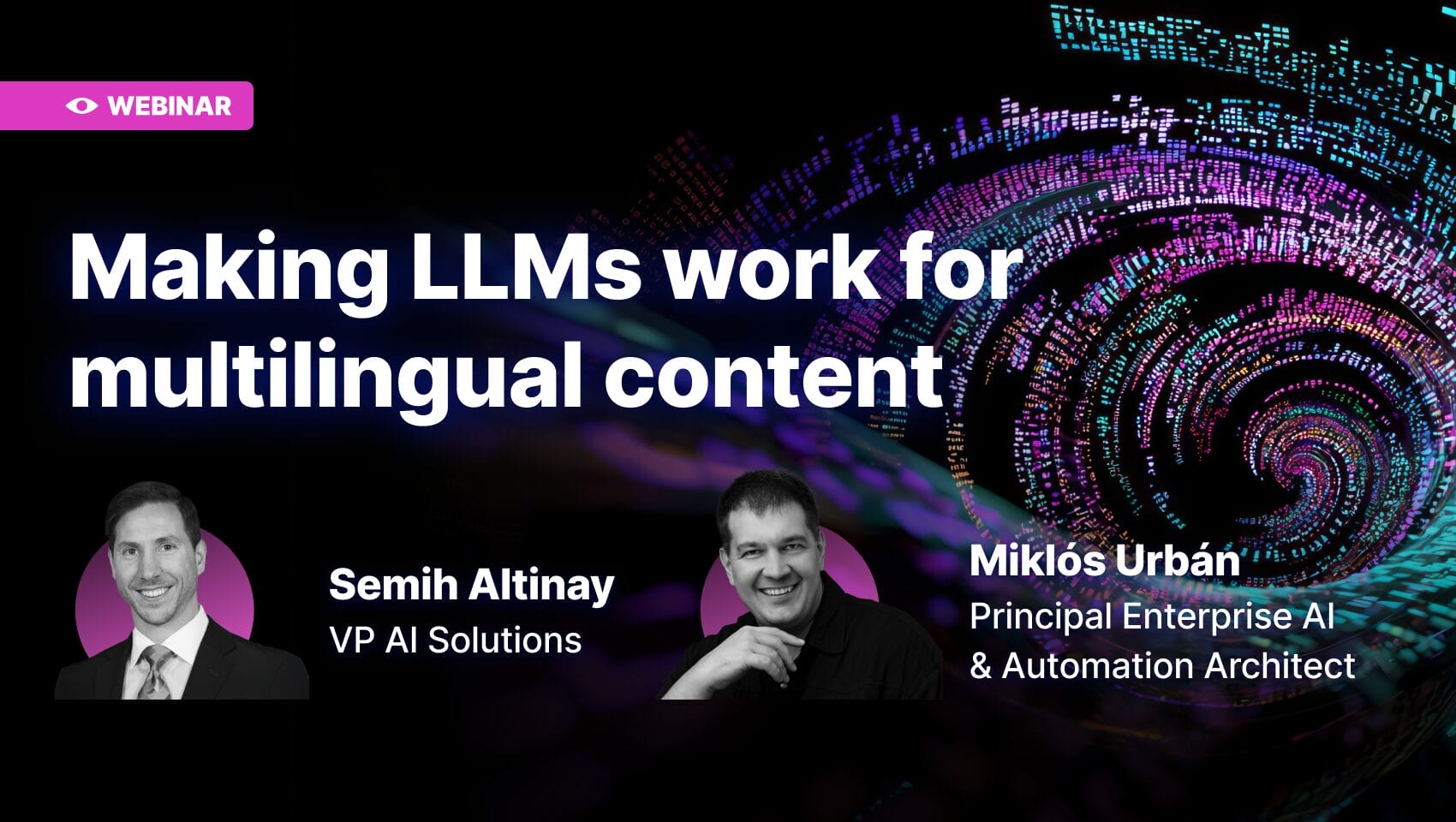Machine translation
Machine Translation Post-Editing: Perspectives and Best Practices
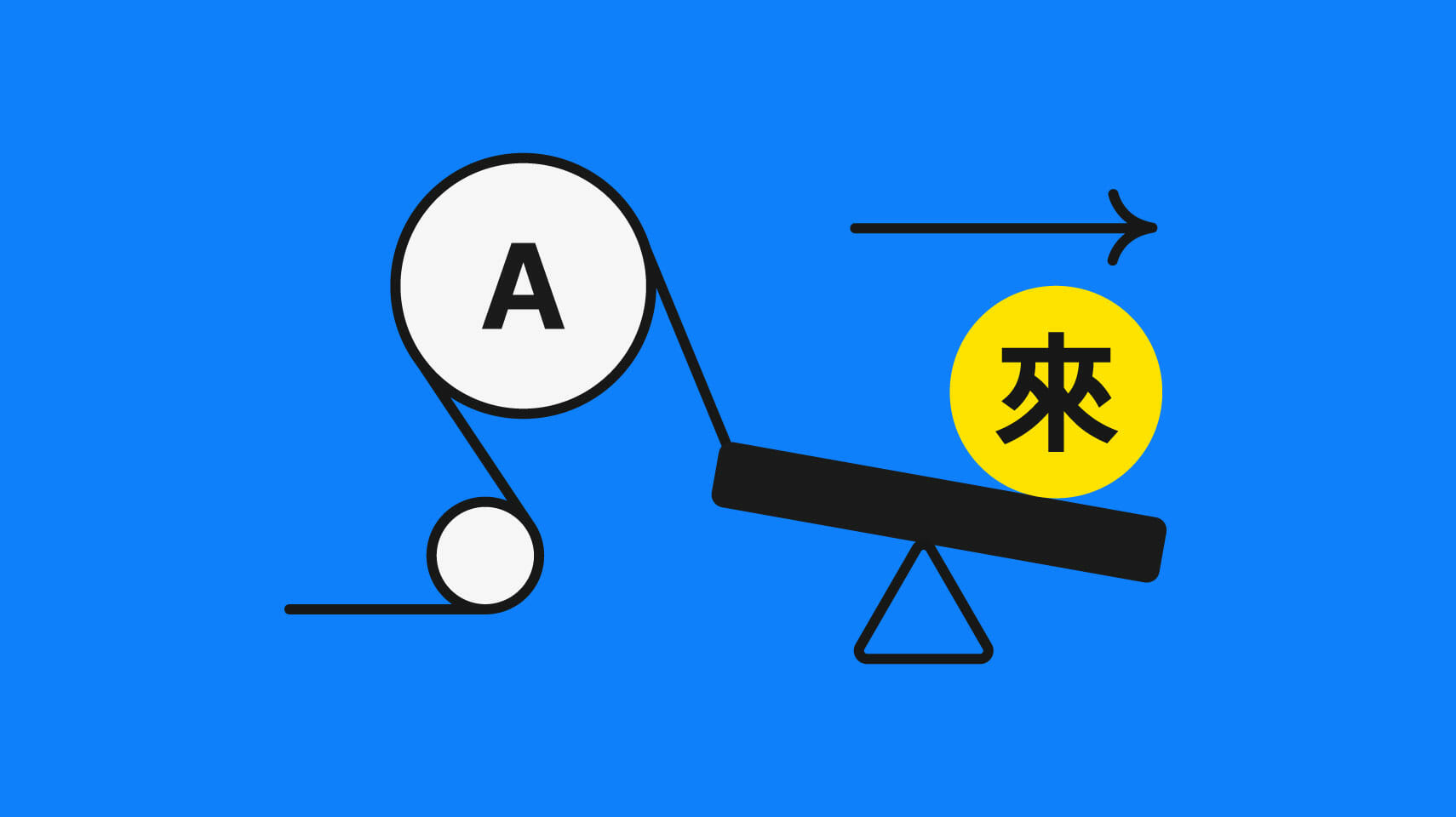
As artificial intelligence increasingly finds its place in daily affairs, machine translation (MT) continues to improve speed, accuracy, and cost-effectiveness. However, it still has some progress to make before reaching parity with human translators.
That’s where machine translation post-editing (MTPE) comes into play by combining the best of both worlds—the ability of MT engines to quickly handle large volumes of text with the skill and human touch brought by professional linguists.
If you’re looking to harness the power of MTPE in your translation workflows, then this guide is your roadmap to success. Dive in for practical tips and best practices to embrace this effective hybrid translation method and unlock productivity gains.
Unlock the power of machine translation
Discover advanced machine translation management features within our enterprise-ready TMS and create new business opportunities worldwide more quickly and efficiently.
What is machine translation post-editing?
It’s only in recent years that machine translation has advanced to a point where it can be used for more than just getting a general idea of the meaning of a text. The rise of neural machine translation (NMT) has seen a significant improvement in accuracy and fluency for many language pairs, but it still falls short of human-level quality for most use cases. This is where machine translation post-editing comes in.
Machine translation post-editing is the process of reviewing and improving machine-translated text to make it more accurate and fluent.
In other words, once the machine translation software generates text in the target language, professional linguists review the output and translation memory matches to ensure the highest possible quality.
Perspectives on machine translation post-editing
With continuous improvements in quality, MTPE is now one of the core advantages of machine translation as a viable alternative to human translation. This has had a direct impact on the translation and localization industry.
From translation buyers to vendors and linguists, everyone involved has had to adapt to this hybrid translation approach—and despite varying levels of adoption, the general agreement is that MTPE is here to stay.
Let’s delve deeper into the various perspectives that influence the adoption of MTPE translation among buyers, vendors, and linguists.
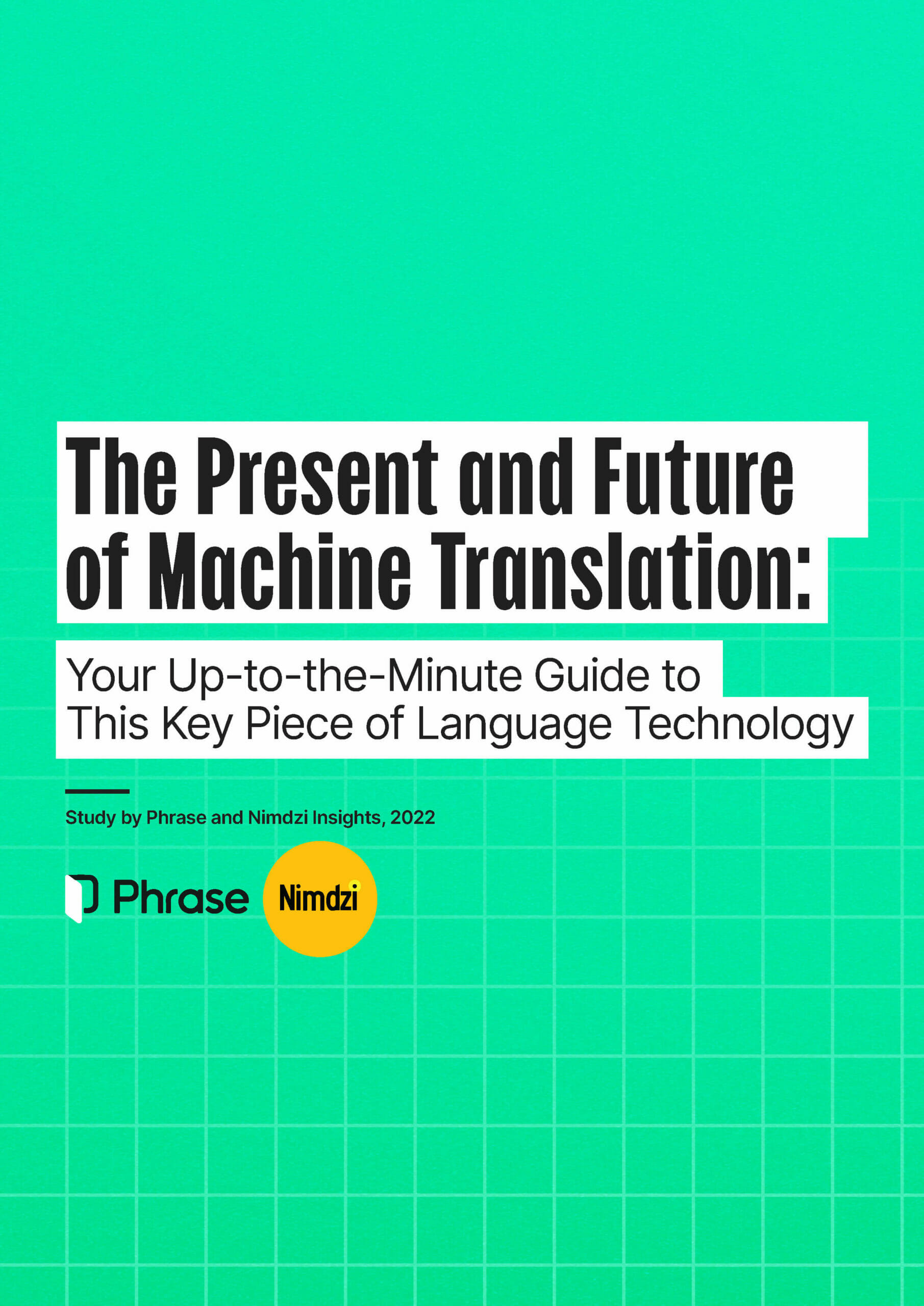
Download for free
Your up-to-the-minute guide to machine translation
Learn about new technologies to improve machine translation output quality, the latest on MT post-editing pricing models, and how to best shop for machine translation.
The buyer perspective on MTPE
Modern businesses have come to see machine translation as a viable productivity tool for entering new markets more quickly while keeping costs low. The advent of neural machine translation has particularly prompted them to leverage their own language data for global growth. Today, the question for most global enterprises is not “if” but “how” they can integrate MT into their localization ecosystem.
| Key challenges translation buyers face in machine translation and MTPE |
|
How to integrate MT into an existing translation workflow? What type of content is most suitable for MT? Which machine translation provider to choose? Which language pairs to focus on when using MT? In what ways can MTPE be effectively used and at what price? |
Narrowing the perspective down to MTPE, one of the central considerations for large enterprises is how to allocate a budget for MTPE and use it efficiently in the long run.
Although significant for the predictability of MTPE-related costs, cost-effectiveness is mostly not a goal in itself. On the contrary, saving costs on some machine translation projects with MTPE is considered a means of freeing up a budget to support further language pairs or content types for even greater scalability.
All these challenges make the human element of applying MTPE to translation workflows an important factor in the decision-making process.
For example, if a company does not have in-house expertise and resorts to outsourcing, it would usually rely on its existing language service provider (LSP) or engage a new one as a consultant. The LSP would then deliver a proof of concept on all strategic, linguistic, and technological aspects of integrating machine translation and using MTPE.
The vendor perspective on MTPE
The changing demand in the translation and localization market has led many medium to large LSPs to add MT post-editing services to their offerings. This not only makes their portfolio more attractive to buyers and distinguishes them from competitors but also helps them meet their customers’ goals more quickly and consistently provide value.
| Vendor-side MTPE requires understanding… |
|
What machine translation engines are available on the market How each MT engine performs on different kinds of text and language pairs Which MT engine integrates best with the translation management system used How familiar individual translators are with the MTPE process, etc. |
An experienced post-editor can quickly turn high-quality MT output into a polished translation, but someone who is new to MTPE will need more time—and if the machine translation is sloppy to begin with, even the best post-editor may be unable to salvage it in a reasonable amount of time.
That’s why, if LSPs want to provide value to their customers, they need to have training in place for their linguists to continuously improve their post-editing skills.
The translator perspective on MTPE
Depending on the clients they work with and the types of projects they specialize in, translators may have little to no experience with MTPE. With machine translation being the new normal, many translators are still trying to adopt a clear attitude towards MTPE.
Forward-thinking early adopters have come to trust MT as a productivity tool which they need to be able to adjust to the new demand created on the translation market and complete translation assignments more quickly.
As translators gain experience with MTPE, they develop an understanding of how MT performs on different kinds of texts. This helps them estimate the effort that any given MTPE translation project would require from them.
They also like to have access to a sample of the text that they can use to judge the quality of the MT output. They use this information to determine whether to accept or reject a project.
For example, translators are likely to accept MTPE translation projects involving legal documents, as state-of-the-art MT engines translate them reasonably well. When translators choose to accept a project, they can also use this information to decide what rate to charge.
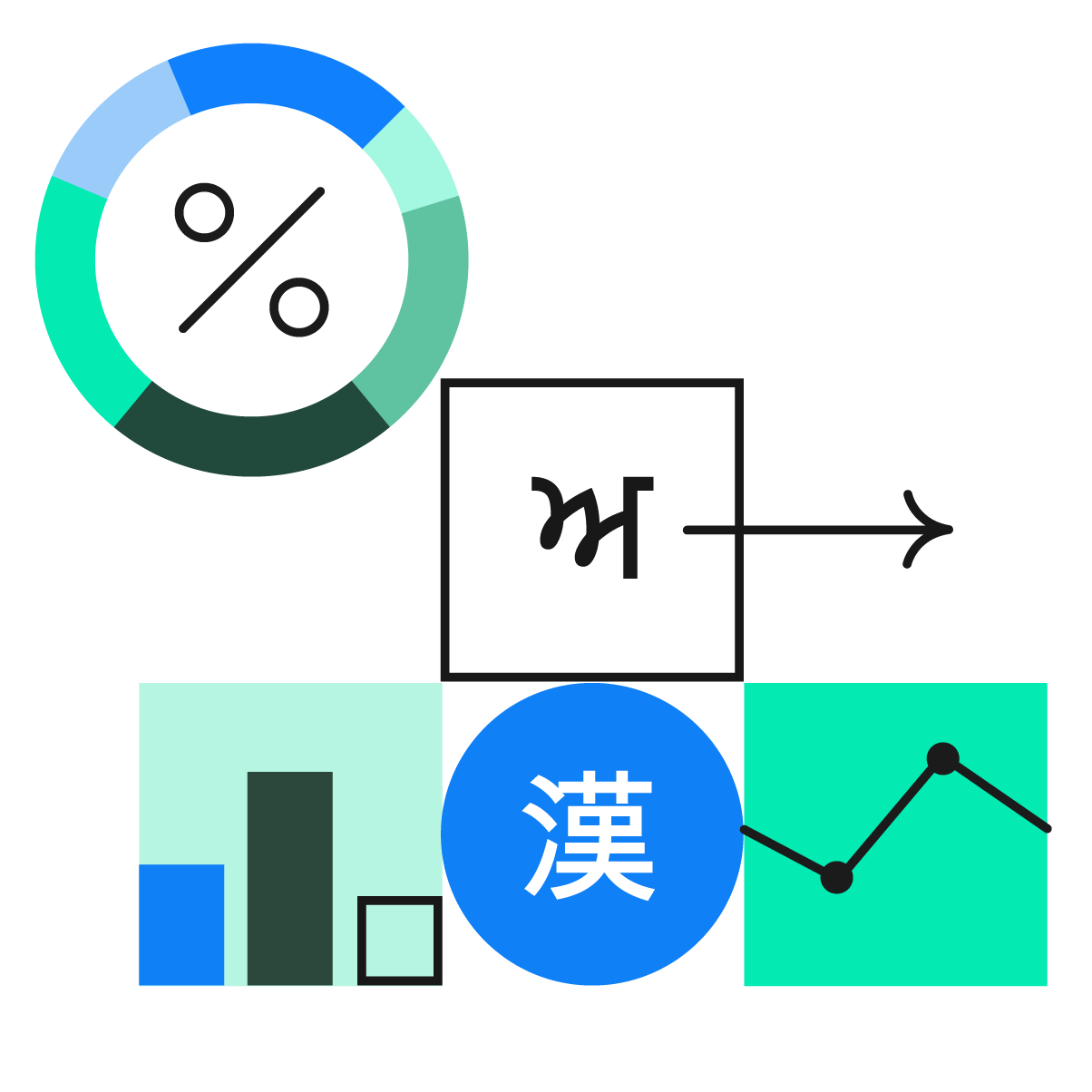
Interactive MT report: Uncover top performers
Find out how leading machine translation engines perform for different content types using the latest data in our quarterly machine translation report.
The value of pre-editing: Quality source text saves on post-editing
One of the critical initial steps in post-editing machine translation occurs right at the beginning: ensuring you have a tidy input to get a high-quality output.
MT works best with clear and concise input. Put another way—the better the original MT engine output, the less effort needed during post-editing—resulting in quicker turnaround times and reduced costs.
As early errors can multiply and lead to issues down the line, the source text should be created or pre-edited carefully for both the MT engine and post-editors to have the best material to work with.
That’s why it’s important to ensure that the:
- Original text has as few spelling and grammatical errors as possible
- Terminology and formatting are consistent
- Source text is prepared as if it were intended for a human translator
Let’s go through some practical steps you can take to improve the output.
| Consideration | Recommendation |
| Sentence length | Under 20 words with simple grammar |
| Syntax | Avoid complex sentences and headline-style fragments |
| Style and nuance | Use a literal approach, avoid idioms, sarcasm, and double-negatives |
| Date format | Prefer non-numeric formats for clarity (e.g., “May 1” instead of “01/05/2020”) |
Strategies for post-editing machine translation output
After the MT engine generates the translation, the level of required post-editing will vary depending on the specific project.
Generally speaking, you can choose between 2 core types of MTPE:
- Light machine translation post-editing
- Full machine translation post-editing
When choosing the right MTPE method for your needs, the 3 primary factors to consider are time, quality, and cost.
Therefore, it’s essential to design your post-editing strategy with these considerations in mind and select the appropriate approach accordingly.
Light post-editing (LPE)
With light post-editing, the initial, raw machine translation output is only modified where absolutely necessary to ensure that the output is legible and accurately conveys the meaning of the source document.
The post-editor should be especially mindful of errors that might hinder the document’s purpose or outright subvert it. Without review, raw MT can create embarrassing results, as one tech giant discovered recently. The editor should aim to make as few edits as possible. This approach can lead to fast and cost-effective results.
Full post-editing (FPE)
With full post-editing, the initial MT output is thoroughly reviewed and modified to ensure that there are no errors whatsoever. Where LPE focuses on the bare essentials of accuracy and legibility, FPE considers a number of factors, including but not limited to:
- Stylistic and tonal consistency within the document (and with other appropriate documents)
- The absence of all grammatical errors
- Appropriate cultural adjustments for the target language (such as idiomatic expressions)
Fully post-edited machine translation should convince the target audience that it was originally created in the target language. This method is slower and more costly than LPE but results in high-quality output.
Which MTPE method to use?
Think of LPE and FPE as being on a spectrum rather than a binary choice. That’s why MTPE requirements should be tailored to the specific translation project.
Set your post-editing priorities based on time, quality, and cost. Prioritizing segments with higher business value (e.g., marketing collateral) can also help.
Another option to consider is bypassing post-editing completely. This can work for projects where the consequences of bad translation are negligible (e.g., internal documentation).
Post-editing tools
Post-editing can be more effective when editors and managers are well-versed in the tools available on the market. Most translation management systems today offer support for post-editing. At Phrase, we believe that MTPE can be a game-changer for companies that seek to connect with international customers, drive engagement, and improve conversion rates.
Here’s an overview of how the Phrase Localization Platform can help you leverage MTPE for your business:
- Set up terminology management systems to help post-editors ensure consistency, including translation memories, term bases, and any useful reference documents. You should always keep these up to date for future projects.
- Use machine translation quality estimation tools, such as Phrase’s Quality Performance Score (QPS). In Phrase, this AI-powered capability can provide quality scores for all MT output, giving editors an indication of how much MTPE might be required for each specific segment. This can help linguists and project managers decide which segments should be the top priority for post-editing.
- Use translation quality assurance (QA) tools—either integrated or standalone. These will help dynamically identify any issues in the original output that were overlooked or new errors that were introduced during the post-editing step.
Post-editing training and qualifications
Many linguists have learned to rely on machine translation as a productivity tool. They use it to adapt to the new demands in the translation market and to efficiently complete translation assignments.
Still, the post-editor isn’t necessarily a translator. Although there is some overlap in the nature of their work, the exact skills required differ in a few important ways.
In 2017, ISO 18587 defined some key aspects of MTPE, including the specific skills and competencies of the post-editor.
You can expect the best results from qualified and experienced post-editors who have practical experience working in the specified language pairs, with the type of content, and with the relevant tools.
In that direction, it can be helpful to train post-editors for specific tasks before they start on a project.
Post-post-editing
To help improve MTPE results, it’s important to continuously evaluate the process and results using data and feedback. Consider post-editing to be an iterative process that can be improved with time and experience.
A range of tools is available to help with post-editing analysis. For example, an enterprise-grade translation management system, such as Phrase TMS, can help you calculate the post-editing effort, which shows how much work was required by linguists to finalize the translation.
This information can be as granular as required. Knowing, for example, that certain segments require a disproportionate amount of post-editing can help future projects: perhaps the source text can be adjusted, or post-editors can be provided with useful reference documents.
Besides gathering data, it’s invaluable to proactively seek out feedback from all key stakeholders. This can include content creators, post-editors, and project managers. Ask them about their experience with the MTPE project and identify what worked and what can be improved.
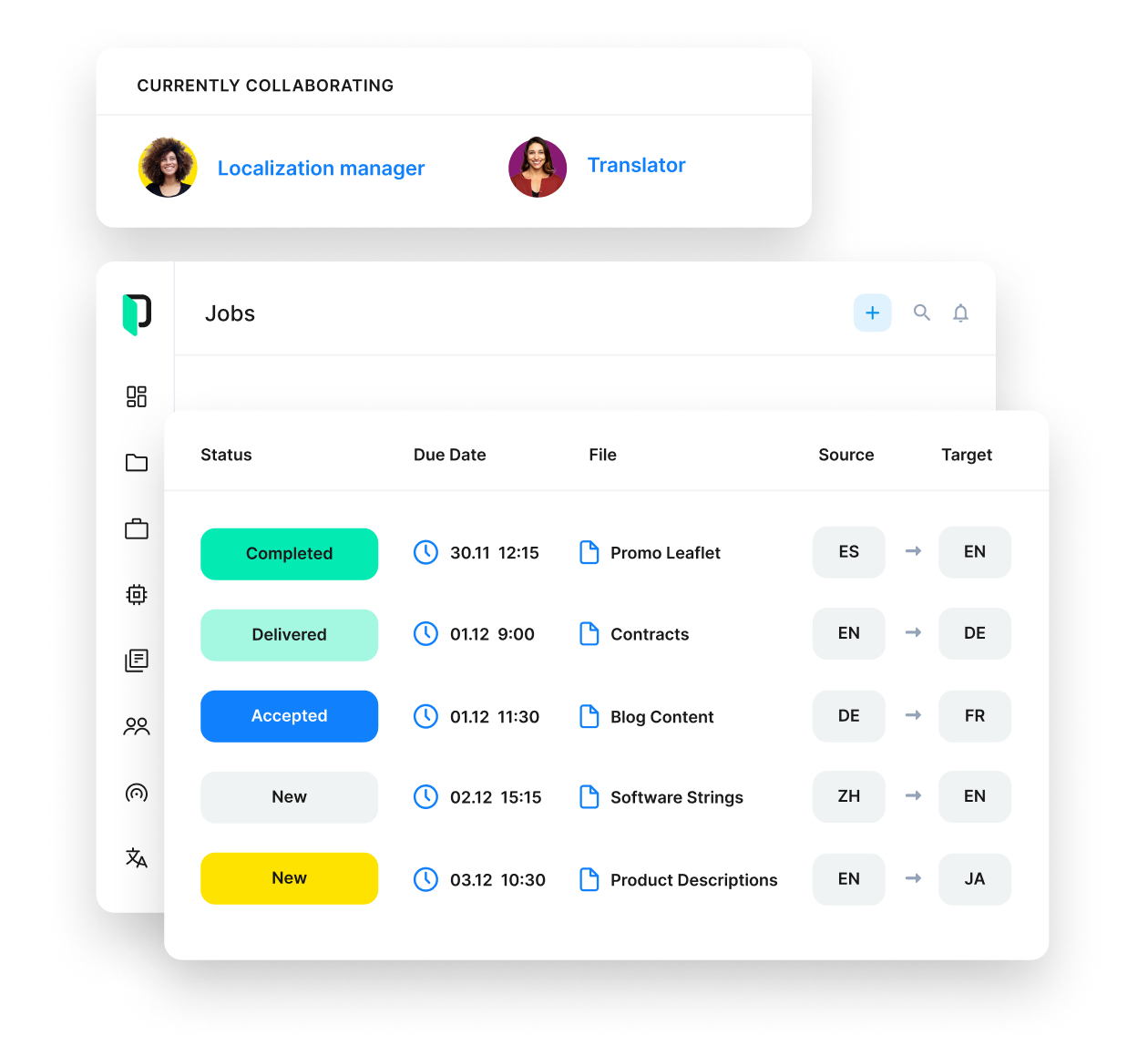
Phrase TMS
The enterprise-ready translation management system
Work with the leading TMS to automate translation workflows with cost control and quality checks.
Choose the optimal machine translation engine
There’s a large number of MT engines to choose from and new engines are being developed all the time. Not all engines are created equal, some simply perform better than others. Some are more suitable for specific language pairs or subject matter (domains). Choosing the most effective engine for your project can save a lot of time and effort.
Consider a range of generic MT engines and evaluate them using samples or past experience. Although creating custom analyses can be a time-consuming option, it can lead to cost-effective solutions in the long run.
Another option is to consider a customized translation engine, trained using your own data. This will generally produce high-quality results for the content that you are used to working with.
Phrase offers a unique solution to the problem of choosing the right MT engine. Developed to automatically select the best MT engine for your content, it considers the text’s domain, source and target language, and looks for an optimal MT engine based on past performance. It will always automatically select the best engine for your content.
MTPE has become the new normal
Thanks to continuous quality enhancements, MTPE has evolved into a central asset of machine translation, offering a practical alternative to starting translation from scratch. MTPE lets you blend the speed of machine translation engines in handling large content volumes with the skills of professional linguists, so keep exploring best practices to make the most of it in the long run.
Speak with an expert
Want to learn how our solutions can help you unlock global opportunity? We’d be happy to show you around the Phrase Localization Platform and answer any questions you may have.




